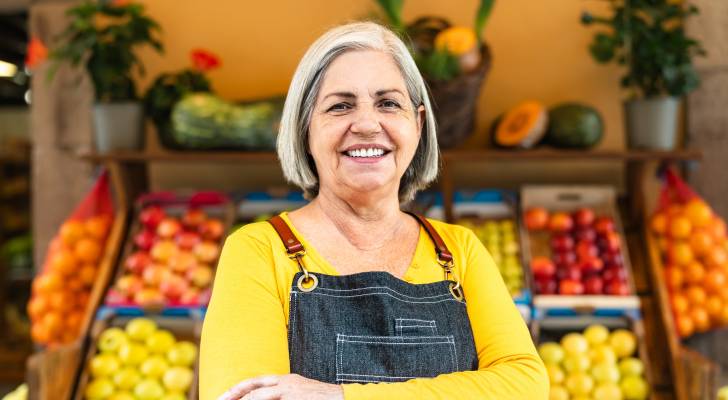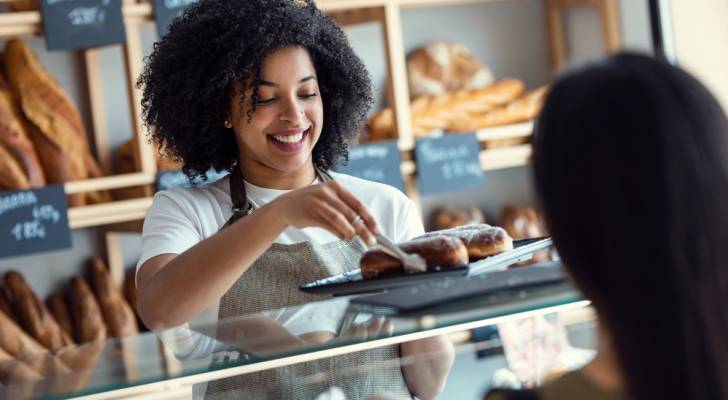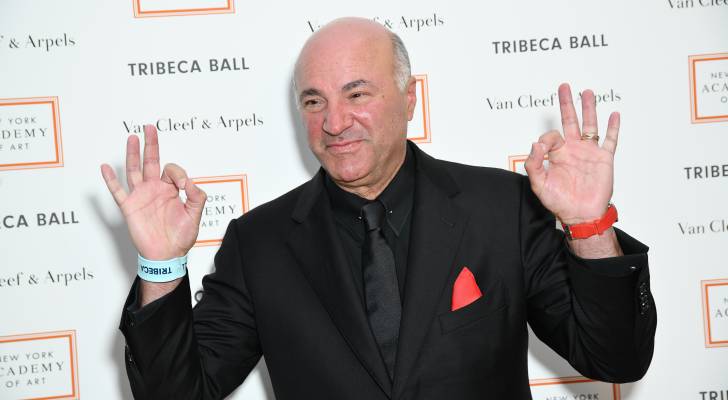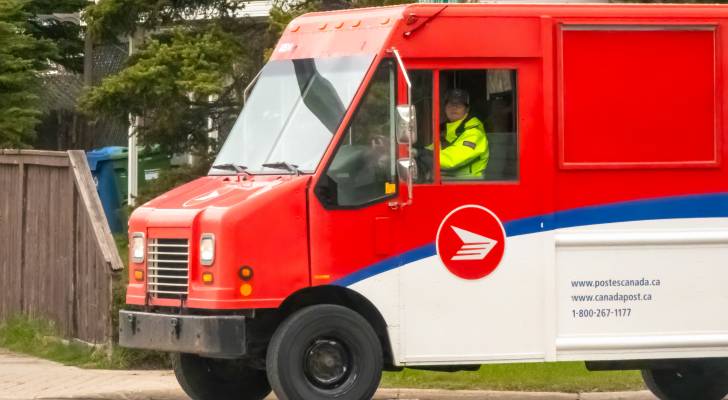Is housing really an investment? Canadians weigh in

For generations, Canadian homeownership has been considered a rite of passage and a cornerstone of financial security. But as the real estate market cools and borrowing costs remain stubbornly high, a growing number of Canadians are starting to question the logic. Is housing really an investment or just an expensive place to live? That question […]
From $183K to $833K: How Canadians in their 50s bridge the retirement savings gap

Welcome to your 50s! This is your last decade of formal employment — and a time to finalize and fine-tune what retirement will look like. While this process can be exciting, it can also be daunting. That’s because it’s in your 50s when most Canadians start to play “catch-up” on retirement savings. Take, for instance, […]
Tariffs shake tech: Trump-era policies ripple through North American firms

Technology stocks are once again under pressure as the Trump administration revives tariffs that focus on global imports. For North American tech giants, many of which depend on complex global supply chains and Chinese manufacturing, the renewed trade friction is creating ripple effects that are reshaping earnings forecasts, production strategies and investor sentiment. While some […]
Majority of Canadians intend to support local businesses this summer

So far, 2025 has brought with it an outsized serving of economic uncertainty and turmoil. However, one aspect of Canada’s immediate economic future that doesn’t seem to be in doubt is its citizens’ support of local business. A recent survey from TD Bank Group found 89% of Canadians feel its important to support the domestic […]
‘All the crypto cowboys are gone’: Kevin O’Leary says the sector is safe now and is backing stablecoins — but experts say it could be ‘sowing seeds of a financial crisis’

Despite financial giants like BlackRock wading into the space, many investors still have trouble taking cryptocurrency seriously. And it’s not just the memes and quirky fans pushing people away. In 2022, about 8% of U.S. adults called cryptocurrency the best long-term investment around. That number has been cut in half ever since the collapse of […]
Calgary Stampede: Sheryl Crow, wagyu poutine and a side of rodeo

The Calgary Stampede, running from July 4 to 13, 2025, is not only a cultural celebration, but also a significant economic engine for Alberta. With its blend of world-class entertainment, culinary innovation and community spirit, the event invites residents and visitors to experience the “Greatest Outdoor Show on Earth” — all while fueling downtown restaurants, […]
Auto theft claims up 442% — and every Canadian driver is paying the price through rising insurance premiums

Auto theft is no longer just a city crime story — it’s a nationwide insurance crisis. Despite efforts to curb auto theft, the impact of stolen vehicles and damage due to auto break-ins is pushing the value of auto theft claims into triple-digits — and the person who ends up paying the cost are everyday […]
‘I wasn’t even looking at a real screen’: Florida man conned out of $38K after a message on his laptop claimed a gambling loan had been taken out in his name — here’s how to avoid such scams

John Klingel lost $38,000, and it all started when he saw a pop-up on his computer. He told WPTV 5 in West Palm Beach that because the message appeared to be from a cybersecurity company he normally does business with, he was more apt to believe that it was real. Don’t miss I’m 49 years […]
Canada Post strike could delay CPP and OAS: Here’s how seniors can protect their income

As talk of a Canada Post strike heats up, many Canadians — especially seniors — are wondering what it means for their monthly income. For those relying on government programs like the Canada Pension Plan (CPP), Old Age Security (OAS), or the Guaranteed Income Supplement (GIS), the fear of missing a payment can cause real […]
GTA residents sounding the alarm bell on auto thefts

It’s natural to worry about your car – it’s an expensive, personal and depreciating asset. In some areas of Canada, that concern may be doubly justified. New data from the Insurance Bureau of Canada (IBC) confirms Ontario remains in the midst of an auto theft crisis, with the number of insurance claims up 165% since […]